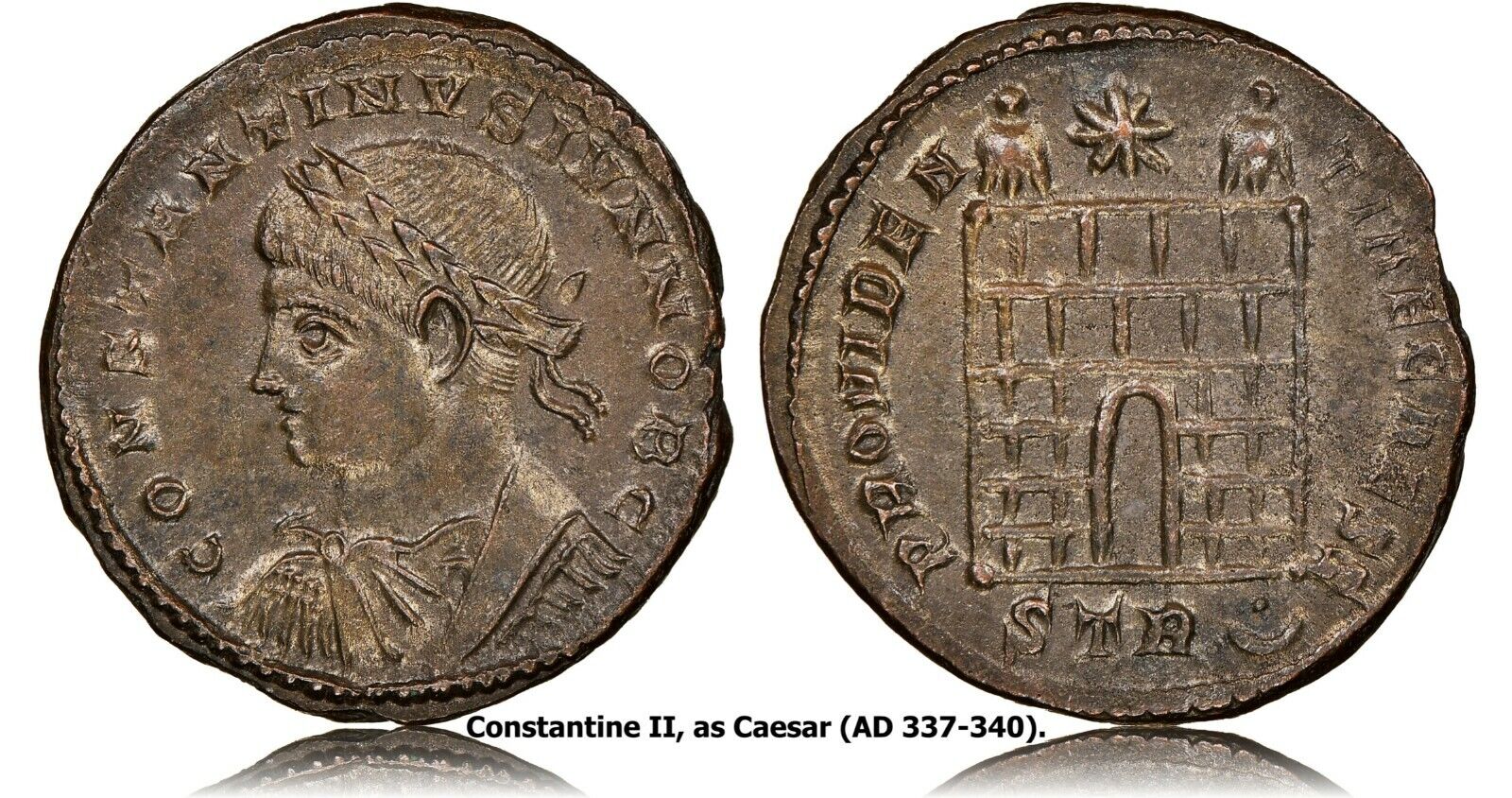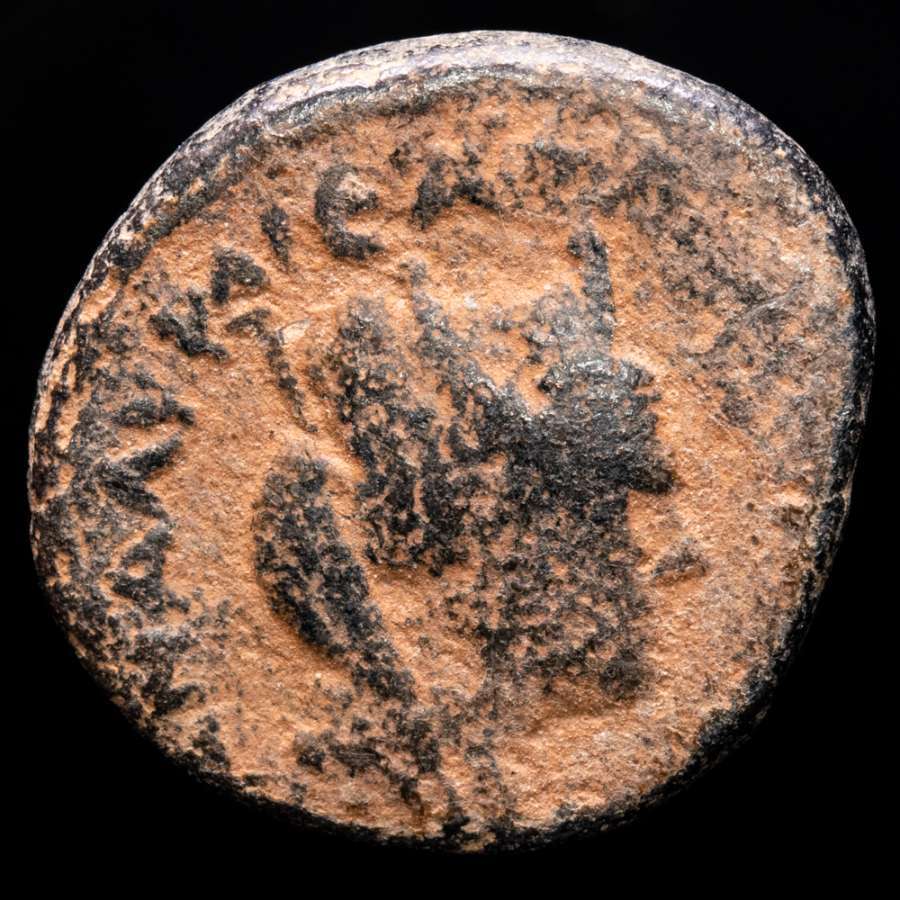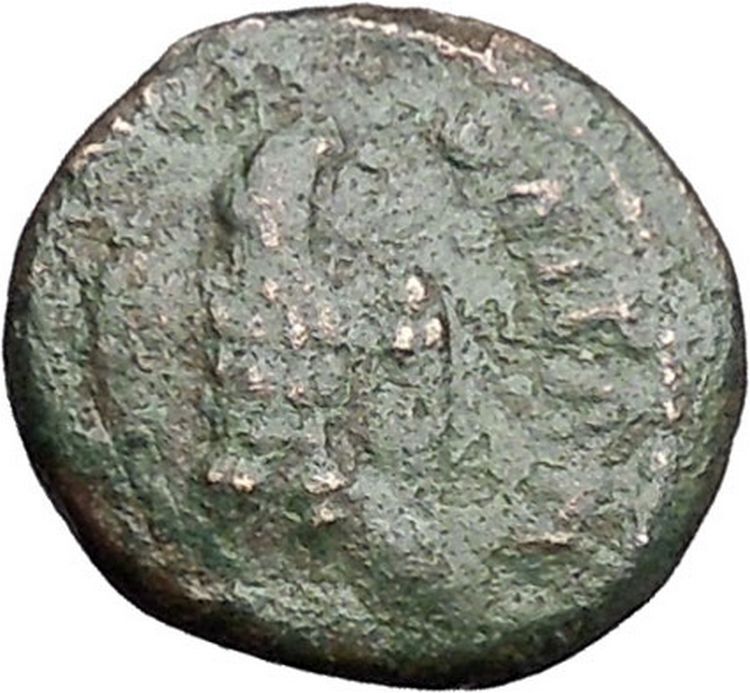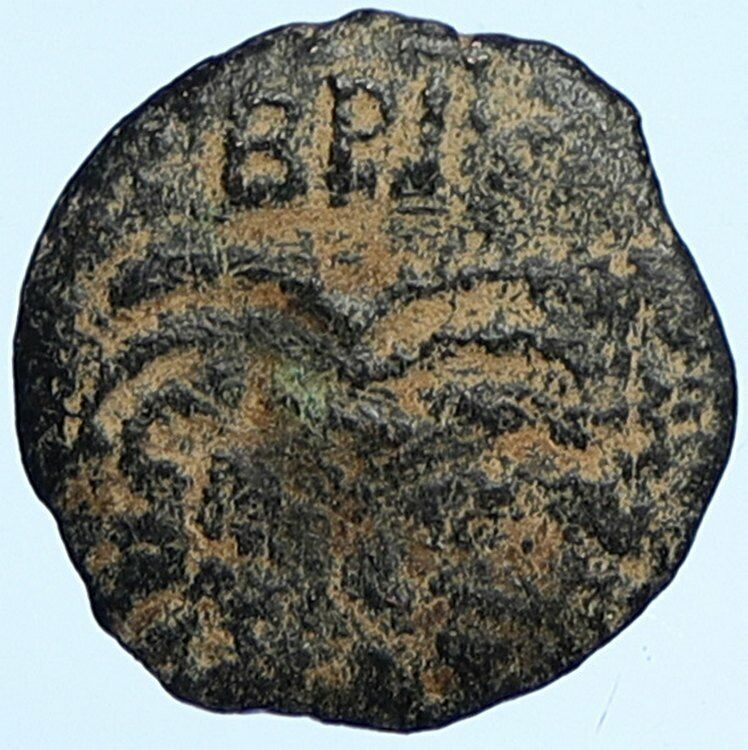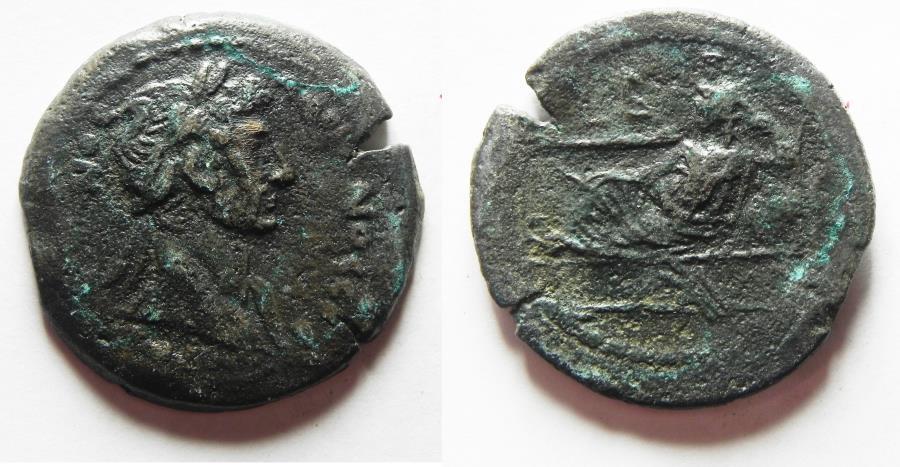-40%
14-37 AD Macedon Philippi Tiberius Æ Bronze Obv. Tiberius Re. Priests and Cow XF
$ 52.27
- Description
- Size Guide
Description
Philippi:Philippi
was an important city in eastern Macedon which flourished in the Hellenistic, Roman, and Byzantine Periods. Situated between the Strymon and Nestos rivers, the city was valued in antiquity for its nearby gold mines. Site of the famous Battle of Philippi at the end of the Roman Republic, the city prospered in the Roman imperial era and, after a visit from St. Paul, became an important centre of early Christianity. Philippi continued to flourish as a major Byzantine city. Today the archaeological site has substantial remains including a theatre and four basilicas.
According to tradition, the city, under its first name of Krenides (or Datum), was founded circa 360 BC by settlers from nearby Thasos who were led by the Athenian Kallistratos. There is no archaeological evidence of a significant settlement prior to the 4th century BC but there had been small communities in the area since Neolithic times as attested by local rock art. When Krenides was attacked by Thracians the inhabitants looked to Philip II of Macedon for protection. Philip, no doubt with an eye on the wealth of the local gold mines, responded by taking the city and renaming it Philippi (or Philippoi), after himself, in circa 357 BC. Fortifications and a theatre were amongst the architectural additions made under Philip′s reign and he also drained the surrounding swamps. The city maintained its independence but to ensure continued loyalty from this new asset a number of Macedonians were permanently relocated to the city. According to the ancient historian Diodorus, the mines near Philippi produced a very respectable 1.000 talents each year. Following the death of Alexander and the subsequent Successor Wars, Phillipi was much sought after for its gold and convenient harbour, Neapolis (modern Kavala) but continued to act as an independent city under the Antigonid regime. This is attested in a decree found on Kos which dates to 243 BC and which grants the island′s sanctuary to Hera the right of asylum. When the Romans defeated the Macedon king at the Battle of Pydna in 168 BC, they divided Macedonia into four administrative districts. Philippi is not mentioned specifically but it is assumed it was in the first zone, the prima regio. In 146 BC Macedon became a single Roman province and Philippi one of its prominent centres. The city benefitted greatly from the construction of the via Egnatia, the major road which connected the area to the Adriatic in the south and the Dardanelles in the north. A well-planned forum was built, along with a basilica, and a commercial street joined the heart of the city to the via Egnatia. In 42 BC the city famously gave its name to the battle which saw Mark Antony and Octavian gain revenge on Julius Caesar′s assassins, Brutus and Cassius. The battle had involved the largest number of troops in Roman warfare up to that point. 19 legions of 110.000 men on the Triumvirate side faced 17 Republican legions of 90.000 men, and the result was 40.000 casualties and another nail in the coffin of the Republic. Philippi then became a Roman colony settled by army veterans and produced its own coinage. When Octavian defeated Mark Antony at the Battle of Actium in 31 BC, the city received another influx of new residents, this time settlers who had lost their land during reforms in Italy. From 27 BC the city gained the honorary title of
Colonia Iulia Augusta Philippensis
.The first Christian church in Europe was founded at Philippi (built on top of a tomb of a Hellenistic hero) which had become an important early Christian centre following a visit to the city by Paul the Apostle in 49 AD. Lydia was notable as the first European to be baptized there. In the following centuries Philippi flourished and benefitted from an extensive building programme. In Late Antiquity Philippi was a prominent city in the Eastern Empire and an episcopal seat. Once more the city′s urban landscape evolved to include large churches, towered buildings, and new city walls.
Ancient Coins Guaranteed Authentic
I offer 30-day no questions asked free returns!
All Shipping Combined
Free Domestic Shipping
International Shipping Free For Purchases over ,000




